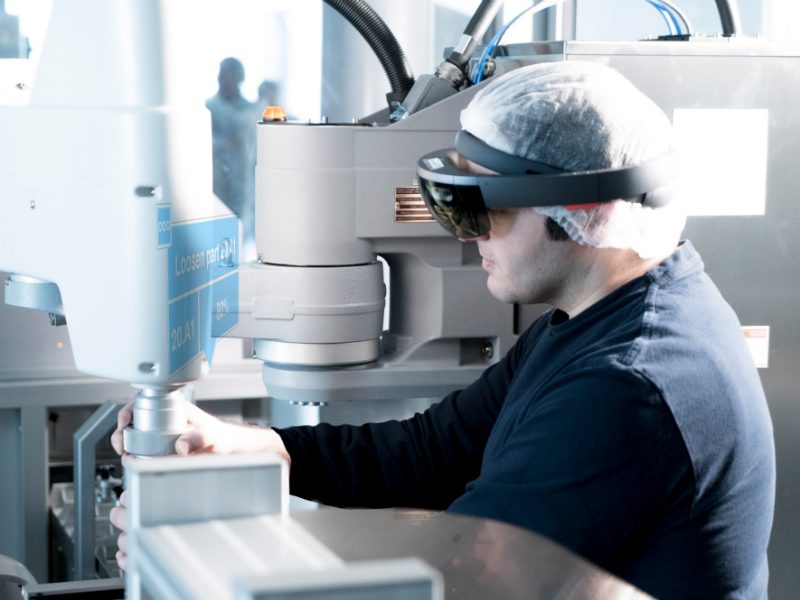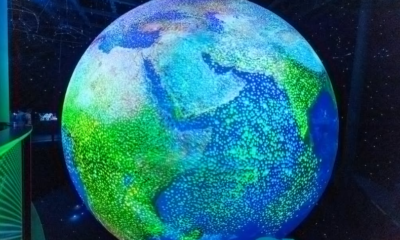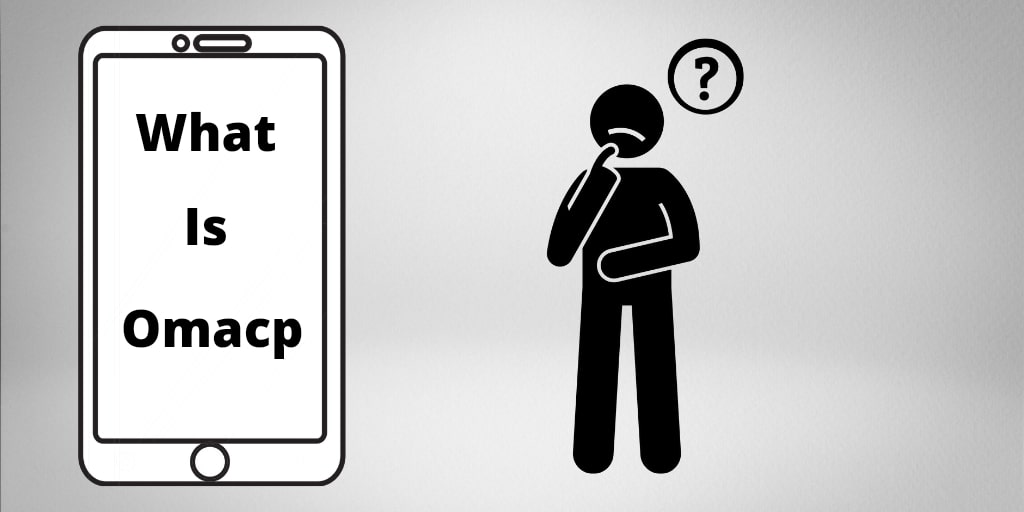Blog
The Working Process of 3D Scanning: Revolutionizing Digital Imaging

In recent years, 3D scanning has emerged as a transformative technology, revolutionizing various industries, including manufacturing, architecture, healthcare, and entertainment. This cutting-edge process allows the creation of highly accurate digital representations of real-world objects and environments. In this article, we will delve into the working process of 3D scanning services, exploring their principles, techniques, and applications, while highlighting their immense potential for the future.
Understanding 3D Scanning
3D scanning is a non-contact, non-destructive process that captures the shape, texture, and color information of physical objects or environments, converting them into digital 3D models. The process involves a combination of hardware and software technologies, enabling the acquisition and analysis of vast amounts of data. There are several methods of 3D scanning, including laser scanning, structured light scanning, and photogrammetry, each with its unique approach to capturing data.
Laser Scanning
Laser scanning, also known as LIDAR (Light Detection and Ranging), employs laser beams to measure the distance between the scanner and the object’s surface. The scanner emits laser pulses that bounce back when they encounter an object, allowing the calculation of precise measurements. By scanning the object from multiple angles, a 3D point cloud is generated, representing the object’s geometry. This point cloud can be further processed to create a detailed 3D model.
Structured Light Scanning
Structured light scanning involves projecting a pattern of light onto the object’s surface and capturing its deformation using cameras. The projected pattern, often a grid or a series of stripes, helps to identify the object’s shape and depth. By analyzing the deformation of the projected pattern, the scanner can reconstruct the object’s 3D geometry. This method is highly efficient for capturing intricate details and is commonly used in applications such as face scanning and reverse engineering.
Photogrammetry
Photogrammetry relies on capturing images of the object or environment from multiple angles and using computer vision algorithms to extract 3D information. The images are analyzed to identify common features and calculate their positions in 3D space. By triangulating these points, a 3D model is generated. Photogrammetry can utilize specialized cameras or even ordinary consumer-grade cameras, making it a versatile and accessible 3D scanning technique.
Applications of 3D Scanning
The applications of 3D scanning are diverse and rapidly expanding. In the field of manufacturing, it enables efficient quality control, rapid prototyping, and reverse engineering. In architecture and construction, 3D scanning facilitates precise as-built documentation, renovation planning, and virtual walkthroughs. In healthcare, it aids in prosthetics design, custom implants, and patient monitoring. Moreover, 3D scanning finds application in the entertainment industry, where it contributes to the creation of lifelike digital characters and virtual environments.
Conclusion
As technology continues to advance, the working process of 3D scanning becomes more refined and accessible, unleashing its transformative potential across industries. The ability to capture detailed 3D data from the physical world opens up a multitude of opportunities for innovation, efficiency, and creativity. From manufacturing to healthcare, architecture to entertainment, 3D scanning has proven to be an indispensable tool. Embracing this technology can empower businesses and individuals to unlock new possibilities and reshape the way we interact with the digital realm.
-
Blog1 year ago
MyCSULB: Login to CSULB Student and Employee Portal – MyCSULB 2023
-
Android App3 years ago
Cqatest App What is It
-
Android1 year ago
What Is content://com.android.browser.home/ All About in 2023? Set Up content com android browser home
-
Software2 years ago
A Guide For Better Cybersecurity & Data Protection For Your Devices
-
Latest News2 years ago
Soap2day Similar Sites And Alternatives To Watch Free Movies
-
Android2 years ago
What is OMACP And How To Remove It? Easy Guide OMACP 2022
-
Android3 years ago
What is org.codeaurora.snapcam?
-
Business2 years ago
Know Your Business (KYB) Process – Critical Component For Partnerships























